As a revolutionary technology in today’s rapid digital progress, blockchain has been disrupting its industries and the data behaviors across our society. Blockchain data analytics is at the heart of this disruption and can provide effective means for businesses to mine transactional information on publicly available blockchain network thanks to its features as a tool.
To get an idea of blockchain data analytics, hear what Alex Topal, CTO at Cyber Bee and Ultron Foundation, has to say about the critical role of smart contract audits in ensuring the security and reliability of blockchain applications.
Blockchain data analytics are being used by organizations across the spectrum from cryptocurrency markets, supply chain management to even financial institutions and law enforcement. Businesses can gain significant benefits from the right utilization of properties of blockchain like immutability, transparency and security as a means to cut nuts & bolts costs within their operations while avoiding risky scenarios.
In this post we will enter in the blockchain data analytics world, it taking a closer look at their concepts and use cases but also pushing some debates of challenges & opportunities going ahead. We are going to discuss why analyzing blockchain transactions is so crucial, how analytics providers fit into the equation and what implications this has for various sectors.
Easy-to-understand explanation of Blockchain Data Analytics

A blockchain is a decentralized digital ledger that records transactions across many computers. So you could think of it as a kind of digital public book, where every transaction is checked and added to the block which then connects back again to the previous one. This makes a chain of blocks, hence blockchain.
Blockchain is the technology behind Distributed Ledger Technology (DLT) It is a kind of distributed database that supports multiple parties in the network to share and update data, enabling transactions. Think of it as a centralized, digital spreadsheet — one that is shared with ING and allows anyone to access the data within but only if all parties involved agree.
Smart contracts: Smart contracts are self-titled as they execute a set of instructions directly using code similar to legal contracts. They automatically move agreements to execution in a blockchain network. Think of a simple vending machine you use to insert money – correct amount, get a drink.
Data mining is the process of finding patterns and trends in large datasets. When applied to blockchain data it can reveal insights about transactions, market behavior and other relevant information. Imagine it as searching for hidden gems in a treasure trove of data.
Benefits of Blockchain Data Analytics:
- Public record: Everyone can see transactions on the network. It does increase trust and accountability. Within the supply chain, blockchain promises to be used in products’ journey allowing for tracking, transparency and fraud prevention.
- Security: Most secure due to its cryptographic algorithms and decentralized implementation (Blockchain) Therefore, hackers find it challenging to alter data or create fraud. For instance, blockchain can secure transactions and detect money laundering from the worldwide finance industry.
- Efficiency: Blockchain data analytics can automate processes and reduce manual intervention, resulting to increased efficiency and cost savings. In healthcare, blockchain can be used to store and share patient data securely, reduce administrative burden and improve patient outcomes.
- Real time insights: they can analyze blockchain data in real time making sure businesses receive the latest information and take actions within a reasonable timeframe. It also allows traders on the cryptocurrency market to view trends that should help make informed decisions when investing their currencies.
- Business opportunities: By making it easier to extract value from blockchain, blockchain data analytics can open up new business models. This might include the release of new products and services directly or indirectly built on blockchain data (e.g., supply chain tracking platforms, fraud detection tools).
That being said, after the last three parts where we have given you a blockchain 101 type style overview of this specific technology it is only fair to break down and examine those benefits that could be achieved as your enterprise utilizes Blockchain Data Analytics: across various verticals.
Becoming a Blockchain Data Analyst
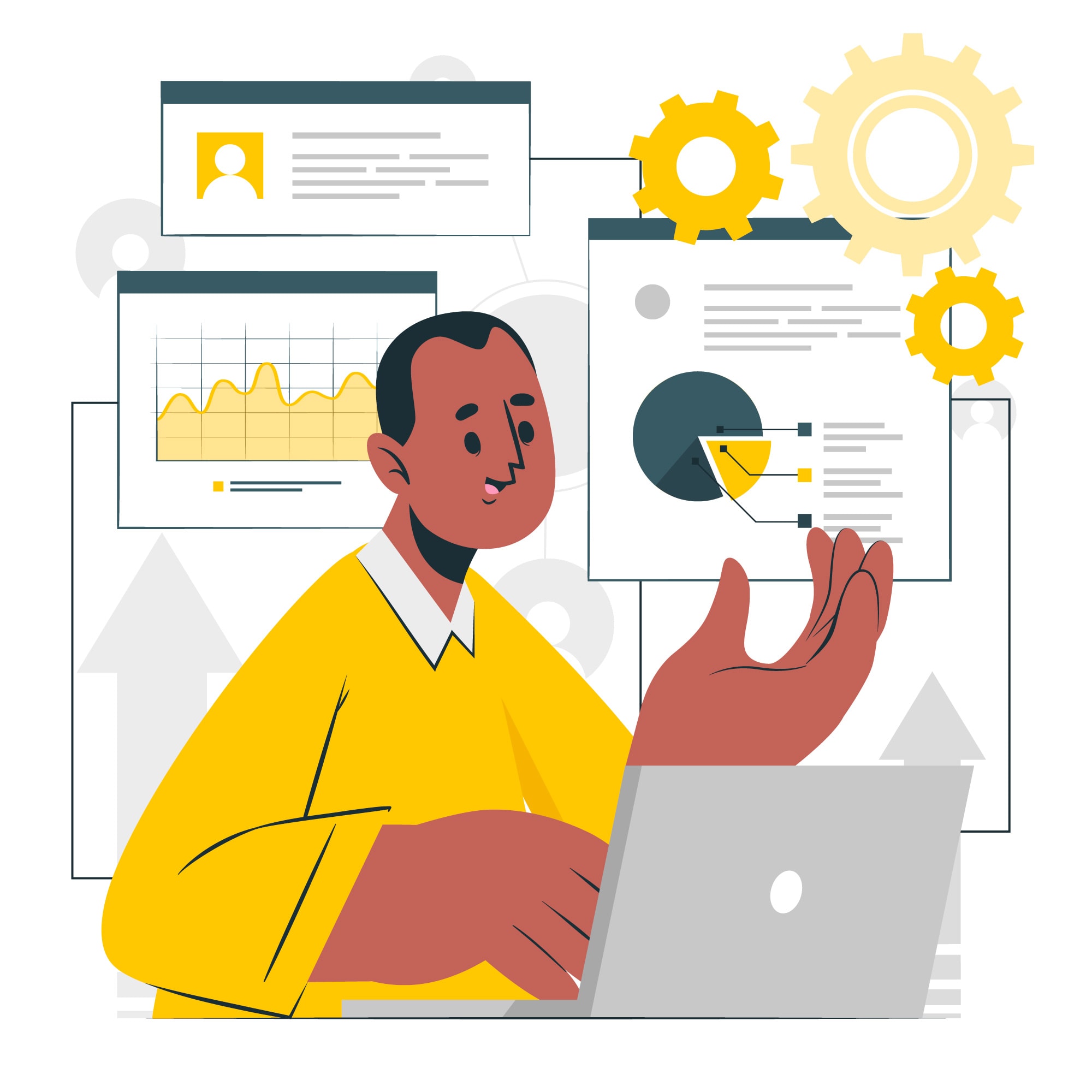
Technical Skills
To be a blockchain data analyst you’ll need a blend of technical skills. Mastery of programming languages like Python, R or SQL is required for data manipulation and analysis. Strong foundation in data science including statistics, machine learning and data mining is equally important. Understanding of blockchain technology in-depth from its underlying principles to different types of blockchains is necessary to navigate this field. Familiarity with cryptocurrencies, their transactions and the broader crypto market can further enhance your analytical skills. Knowledge of popular blockchain analytics tools like Chainalysis, Elliptic or Crystal will give you an edge.
Soft Skills
In addition to technical skills, success in this role also requires strong problem solving skills, analytical thinking and communication skills. Ability to interpret complex data and present findings is necessary to collaborate with colleagues and stakeholders. Attention to detail is crucial as accuracy is key in blockchain data analysis.
Educational Paths
Educational paths to this career are diverse. Online courses and platforms offer certifications and training programs in blockchain data analytics. Immersive bootcamps provide intensive training in both blockchain technology and data analysis and universities are starting to offer degree programs in blockchain or data science with a blockchain focus.
Certifications
Certifications can add to your credibility. Certified Blockchain Expert (CBE) certifies your knowledge of blockchain technology and its applications. Certified Blockchain Professional (CBP) is for blockchain development and implementation. For data analysis specialists, Certified Blockchain Data Analyst (CBDA) is relevant.
Key Responsibilities
As a blockchain data analyst you will be responsible for extracting data from blockchain networks using specialized tools. This data needs to be cleaned and prepared thoroughly to ensure accuracy and consistency. Analysis involves applying statistical analysis, machine learning and data mining to find patterns, trends and anomalies. Visualization is key to make these insights visible, creating charts, graphs and dashboards. Your findings will culminate in a report with actionable recommendations based on the insights.
Fraud Detection and Compliance
Fraud detection is another important responsibility as blockchain data analytics is a powerful tool to detect and prevent money laundering or terrorist financing. Compliance with relevant regulations and standards related to blockchain technology and data privacy is also necessary.
Risk Assessment
You will also need to assess risks of blockchain implementations and develop strategies to mitigate them. By acquiring the right skills, education and certifications you can position yourself as an asset in the field of blockchain data analysis and contribute to the growth and innovation of this space.
Blockchain Analytics: How It Works
Blockchain analytics is a powerful tool in the crypto world, businesses, law enforcement agencies and blockchain analytics companies can extract, clean and analyze data from blockchain networks. This process reveals valuable insights to detect anomalies, trace transactions and understand transaction patterns in the blockchain ecosystem. Here’s a deeper look into how blockchain analytics works.

Technical Overview
In summary blockchain analytics is based on the fundamental principles of blockchain technology which is based on decentralized, immutable and transparent systems:
- Decentralization: Unlike traditional databases controlled by a single entity, blockchain networks are decentralized. No single party has control, ensuring the data is secure. The distributed ledgers that form the backbone of public blockchains are spread across many nodes, making data tampering almost impossible.
- Immutability: Data written to a blockchain is immutable. This helps in recording tamper proof records for tracking purposes as well used during AML due diligence. This blockchain data provides an immutable record that is a reliable source for analytics used in identifying anomalies and preventing fraud.
- Transparency: Transactions on blockchain are transparent, Every transaction can be verified and Audit by anyone with an internet connection. This level of transparency also ensures that users can use the Blockchain to trace transactions, follow money flows and connect wallet addresses back to real world entities — a degree of trustworthiness other types of mortal data sources lack.
Data Extraction
Blockchain analytics begin with data extraction from blockchain networks. This means checking the public ledger for data that can be used in analysis of a thousand different ways.
- Blockchain Explorers: These are user friendly interfaces to explore on-chain data. They allow users to query specific transactions, view wallet addresses and access transaction history, to trace transactions and detect illegal funds.
- APIs: Application Programming Interfaces (APIs) allow developers and analysts to interact with blockchain networks programmatically. This enables to extract large datasets which can be used to analyze transaction patterns, detect suspicious activity and assess risk scores of entities.
- Node operators: Because they are running a full node on the blockchain network, which is literally working with the entire dataset gives an analytical advantage in pulling more granular presentations of data. It is great for blockchain analytics providers and also businesses within the crypto space, who require all on-chain data.
Data Cleaning and Preparation
The data that is extracted from the blockchain typically needs to be cleaned and wrangled in order to be useful, or sometimes raw conversion with simple transformation. This involves several steps:
- Validation of data: Your results are still only as good as the data your AI can access, and if you allow unverified or inconsistent information to seep into our analysis we will form conclusions that cannot be trusted. This step includes verification of data by comparing it with other sources.
- Data Normalization: This refers to standardizing data formats and structures, making it easier for analysis from different datasets using similar information. This is especially important when I use blockchain data in conjunction with other sources such as centralized exchanges or crypto wallet providers.
- Data Enrichment: analysts can find a more complete view of the crypto economy by linking on-chain data with other datasets (ex. centralized exchanges, real-world identities). This data aims at correlating the same individual owning multiple wallets or following illegal funds globally, and provide leads to law enforcement.
- Aggregating data : As it sounds, grouping related items together or summarizing counts is much easier to recognize new patterns on the go. Specific transaction data can be aggregated to observe the entire behavior of a specific crypto wallet (e.g., looking for anomalies in people spending more or withdrawing more than usual), and detect suspicious transactions.
Blockchain vs Data Analytics
Blockchain and data analytics are two different technologies but together they create powerful solutions for many industries, from trade finance to commercial real estate:
- Data Source: Blockchain is a unique and reliable data source, often providing information that traditional data analytics environments can’t. The public availability of on-chain data allows for unprecedented transparency and traceability in the crypto world.
- Immutability and Transparency: The immutable and transparent nature of blockchain data means once information is recorded it can’t be altered. This provides a solid foundation for crypto investigations, claim updates and AML compliance in financial crime investigations.
- Complementary Techniques: Blockchain analytics combines the security and transparency of blockchain technology with the advanced techniques of traditional data analytics, like predictive analytics and big data processing. This allows users to extract more data, identify patterns and make decisions based on complete insights.
Blockchain Analytics Use Cases
What blockchain analytics can be useful for, now that you know how it operates:
- Crypto Transactions and Wallet Analysis: It tracks the transfers through cryptocurrency transactions, connections among crypto wallets with actual individuals/entities & follow-up of funds movement across various wallet addresses. This is highly required to nab illegal transactions such as money laundering, terror funding and claim frauds.
- Compliance and Risk Assessment: It provides organizations the ability to assess transactions risk by observing transaction patterns, scoring entities against various risks. This is particularly critical for banks, crypto exchanges and other financial services providers that have to adhere with the law.
- Crypto Ecosystem Monitoring: Here, blockchain analytics help examine the crypto ecosystem can identify suspicious activities to trigger SARs (Suspicious Activity Reports) — all part of the compliance requirements. This fills the gap between expectations and balances the crypto economy to allow its intended ambition protect real users.
Now you know the basics of blockchain analytics, businesses, government agencies and tech startups can use the power of blockchain to get insights, make decisions and contribute to the future of the crypto economy.
Blockchain Analytics Tools: A Comprehensive Guide
Blockchain analytics tools are a must have for businesses, financial institutions, government agencies and individual investors to get actionable insights from blockchain data. These tools are used to track crypto transactions, monitor risk, comply and make decisions in the fast paced crypto economy. Below is a list of some of the most popular blockchain analytics tools in the market, their features, benefits and costs.
1. Chainalysis

Features: Chainalysis has a full suite of blockchain analytics features including transaction tracing, cluster analysis and risk scoring. Their platform also has advanced compliance solutions and investigative tools used by law enforcement, financial institutions and crypto exchanges.
Benefits: Chainalysis has the largest database of crypto wallet addresses and can link these addresses to real world entities. This makes it a powerful tool to track illegal activities like money laundering and terrorist financing across multiple blockchains. Its ability to generate detailed Suspicious Activity Reports (SARs) is especially useful for AML compliance.
Cost: Chainalysis operates on a commercial pricing model with costs based on the user’s needs, including scale of operations and required features.
2. Elliptic

Features: Elliptic is specialized in risk screening, transaction monitoring and regulatory compliance solutions. Their platform detects and prevents financial crime by analyzing transaction patterns, risk scores and crypto wallet addresses.
Benefits: Elliptic’s focus on fraud detection makes it a favorite among banks, crypto exchanges and financial institutions that require high security and compliance. The tool’s ability to monitor cross border transactions and detect suspicious activities makes it useful for global organizations.
Cost: Elliptic’s pricing is commercial and custom based on the user’s needs, number of transactions to be monitored and breadth of services required.
3. Crystal Blockchain
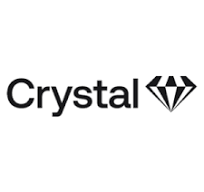
Features: Crystal has real time blockchain monitoring, advanced data visualization and alert systems. Their platform is very user friendly with customizable dashboards to tailor your analytics experience.
Benefits: Crystal is loved for its simplicity, even for users with no technical background. Used by crypto businesses to monitor risky transactions and by government agencies to track illegal activities in the crypto space.
Cost: Crystal operates on a commercial basis, pricing based on the user’s requirements and usage.
4. Nansen
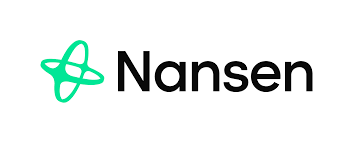
Features: Nansen has on-chain analytics with a focus on DeFi (Decentralized Finance) and NFT (Non-Fungible Token) markets. It has portfolio management tools and detailed transaction tracking in these segments.
Benefits: Nansen’s focus on DeFi and NFT markets makes it a must have for investors and crypto businesses to get insights on emerging market trends. Its ability to analyze transaction patterns and find value in the crypto economy is highly praised.
Cost: Nansen is a commercial tool with pricing plans based on the user’s needs, including depth of analysis and number of wallets supported.
5. Coinglass
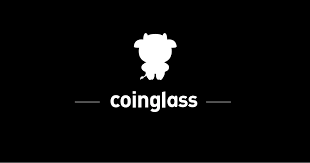
Features: Coinglass tracks futures, perpetual swaps and funding rates in the cryptocurrency derivatives market. It has detailed market data for traders and investors.
Benefits: For those who trade crypto, Coinglass provides the insights to inform your trading decisions. The tool to track derivatives and real time updates is especially useful in the fast paced world of crypto trading.
Cost: Coinglass has free and premium options so it’s available to a wide range of users, from individual traders to institutional investors.
6. TokenInsight

Features: TokenInsight has project evaluation, market analysis and investment research services. It has in-depth analysis of blockchain projects, focusing on token economics and market performance.
Benefits: TokenInsight is useful for investors and analysts to evaluate the feasibility and potential of blockchain projects. Its research reports and market insights will help users make informed investment decisions in the crypto space.
Cost: TokenInsight’s services are commercial, pricing based on the scope of the analysis and level of detail required by the user.
7. Etherscan

Features: Etherscan is an Ethereum blockchain explorer that allows users to track transactions, analyze smart contracts and explore the Ethereum ecosystem. It has detailed information on wallet addresses, transaction history and token transfers.
Benefits: Etherscan is a popular tool to explore the Ethereum blockchain, with plenty of data for casual users and professional analysts. Its simplicity and wealth of Ethereum data makes it a must have for anyone working with Ethereum.
Cost: Etherscan is free so it’s available to everyone, developers, analysts and regular users.
8. Blockchair

Features: Blockchair is a blockchain explorer that supports multiple blockchains, including Bitcoin, Ethereum, Litecoin and more. It has various analytics tools, transaction tracking, address exploration and smart contract analysis.
Benefits: Blockchair’s multi-blockchain support makes it a tool for analysts working across different blockchain networks. Its advanced features like detailed transaction filters and data export capabilities makes it more useful for deep blockchain analysis.
Cost: Blockchair has free and premium options to cater to different user needs and technical expertise.
9. Bitquery

Features: Bitquery has a GraphQL-based API that allows users to query blockchain data and do custom analytics. It supports multiple blockchains and is a highly flexible platform for developers and data scientists.
Benefits: Bitquery’s flexibility and customizability is a powerful tool for those who need to do complex blockchain analytics. Its API-based approach is perfect for tech startups and organizations to build custom analytics solutions.
Cost: Bitquery is commercial, pricing based on usage and complexity of queries.
10. Glassnode
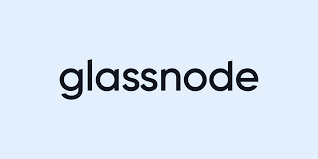
Features: Glassnode has a full suite of on-chain metrics, market analysis and investor insights. It has detailed data on various cryptocurrencies, Bitcoin, Ethereum and other major tokens.
Benefits: Glassnode is highly regarded for its deep market insights, with data that helps investors understand market movements, identify trends and make informed decisions. Its on-chain metrics are useful for short-term traders and long-term investors.
Cost: Glassnode is a commercial tool with pricing plans based on the level of access and data required by the user.
Blockchain Analytics Tools Comparison
When choosing the right blockchain analytics tool you should consider:
- Cost: Chainalysis, Elliptic and Crystal are premium tools with commercial pricing, designed for large organizations like banks and crypto exchanges. Nansen, Coinglass and TokenInsight have commercial plans but also have free or freemium options for individual users or small businesses. Etherscan, Blockchair and Bitquery are free so it’s available to everyone, users with different budgets.
- Ease of Use: Etherscan and Blockchair are user friendly and suitable for all users. Bitquery with its API-based platform requires more technical knowledge so it’s more suitable for developers and data scientists.
- Functionality: The functionality of these tools varies. Chainalysis and Elliptic are known for their full analytics and compliance solutions, perfect for monitoring financial crime and AML compliance. Nansen and Coinglass are focused on specific market segments, DeFi, NFTs and crypto derivatives, offering specialized insights for traders and investors.
Choose the Right Tool for You
The right blockchain analytics tool for you will depend on your needs, budget and technical expertise. For example if you’re a crypto business or government agency that needs to trace illicit transactions and compliance, Chainalysis or Elliptic might be the way to go. If you’re an investor focused on DeFi and NFTs, Nansen could be the tool for you. If you’re a developer or data scientist, Bitquery is the flexibility to build custom analytics solutions.
Try out multiple tools and consider cost, features, ease of use and customer support. Many tools have trial periods or demos so you can test before committing. By choosing the right tool you can unlock the full power of blockchain analytics and get valuable insights to make better decisions in the fast paced and complex world of crypto.
Why Apply Blockchain Analytics
Blockchain analytics is used widely in many different industries because of the value it can bring to businesses when it comes to making processes smoother and improving risk management and compliance efforts. So why in the case of your business applies to blockchain analytics for this decision cites:
1. Risk Management
- Fraud Detection: Blockchain analytics assists to find and prevent frauds like money laundering, identity theft insurance fraud etc. Through the analysis of on-chain data, businesses can identify and prevent money laundering before such illegal operation occurs.
- Blockchain transaction data can provide more accurate operational risk assessment with the help of companies. It then enables proactive risk management, working to anticipate and combat risks as they emerge.
- Regulatory Compliance: For example, Blockchain analytics enhance compliance obligations for Anti-Money Laundering (AML) and Know Your Customer (KYC). That way, the business is safe from breaking laws and avoids fines who will be fined a lot of money for breaking it.
2. Transparency and Trust
- Supply Chain Traceability: Blockchain analytics gives full visibility across the supply chain so businesses can track products from production to delivery. This transparency prevents counterfeits, ensures ethical practices and accountability at every stage of the supply chain.
- Provenance Verification: By using blockchain’s immutable ledger businesses can verify the authenticity and ownership history of valuable assets such as art, luxury goods or real estate. So stakeholders can trust the origin and legitimacy of these assets.
- Increased Stakeholder Trust: The transparency and security of blockchain data builds trust with customers, partners and investors. When stakeholders know data can’t be tampered with they are more likely to trust the business and that leads to stronger relationships and better reputation.
3. Better Business Operations
- Insurance and Healthcare Industries: In insurance health care is the better example, it can reduce paperwork around claims processing by streamline processes also data analytics help companies to verify client’s identity very quick making them more accurate in reducing fraud. This leads to lower costs and a higher customer satisfaction score.
- Supply chain optimisation: Through analysing blockchain transaction data, businesses can discover inefficiencies within their existing supply chains. These processes include automating as many tasks and milestones a possible, to save organizations costs in running those processes but more speedily too.
- Actioning Data: Blockchain analytics delivers data to avail better actions. Business can develop a strategy to grow and profit from these patterns by understanding transactional patters, market trends etc.
Staying Safe and Compliant With Cryptocurrency
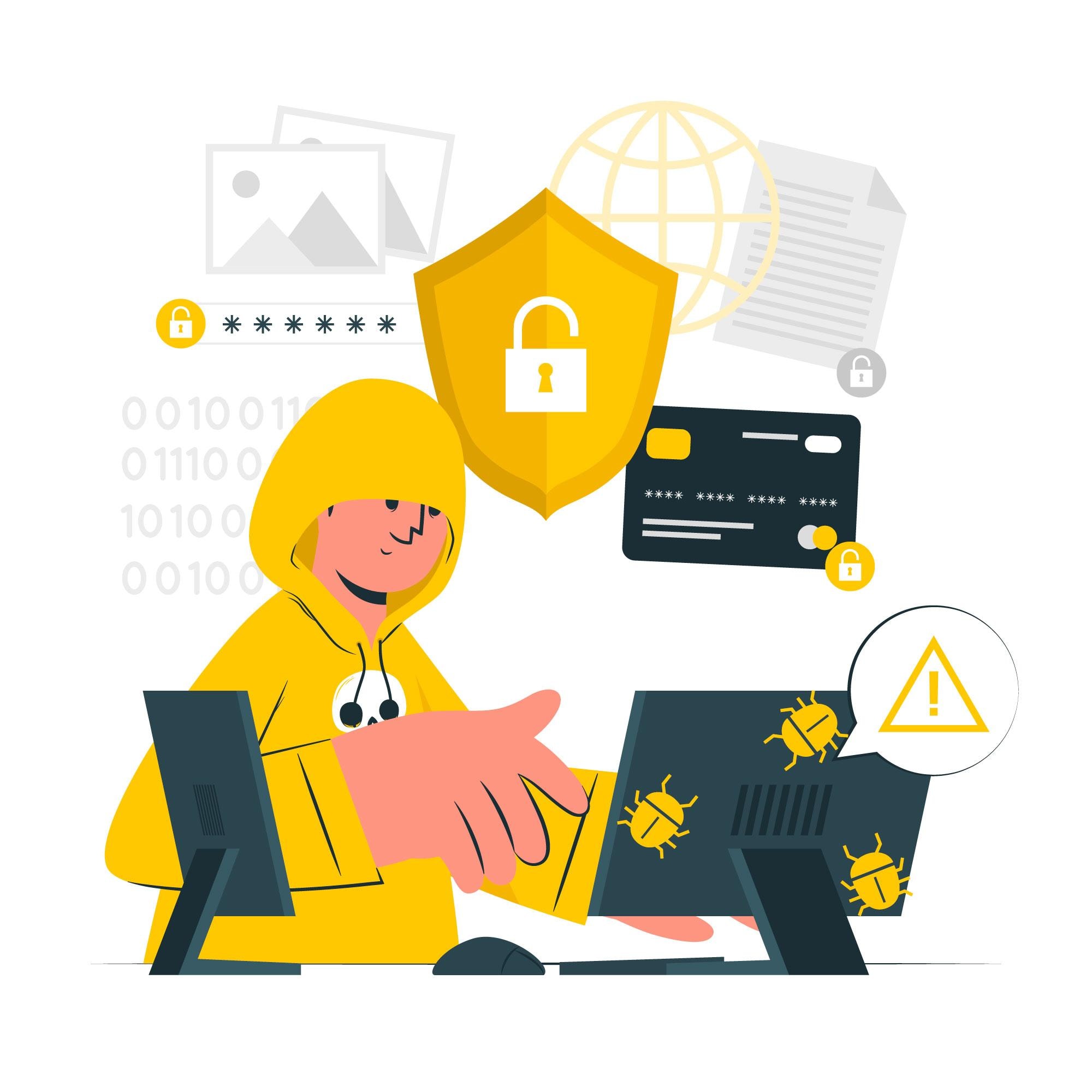
As the crypto market grows it’s important for individuals and businesses to prioritise security and compliance. Here are the rules to follow:
1. Security
- Secure Wallets: Choose reputable and secure wallets to store your cryptocurrencies. Keep your private keys confidential and don’t access your wallet over unsecured networks.
- Strong Authentication: Use complex and unique passwords for your crypto accounts and enable 2FA for extra security.
- Regular Software Updates: Keep your devices and wallets updated with the latest security patches to protect against vulnerabilities.
- Phishing Protection: Be aware of phishing scams. Don’t click on suspicious links or download attachments from unknown sources as that can compromise your security.
- Backup and Recovery: Back up your private keys and wallet data in secure locations. So you can recover your assets in case of accidental loss or theft.
- Cold Storage: Use Cold storage options like hardware wallets for long term storage. These offline devices are less susceptible to hacking endeavours.
2. Regulatory Compliance
- Dial Class: We said that cryptocurrencies were inherently decentralised, but we forgot to mention local laws. Staying on the right side of local laws is crucial to avoid any potential legal problems.
- Anti–money-laundering AML compliance — Conduct the necessary due deligence and monitoring transactions as required by relevant law to ensure all relevent regulations (e.g. identify potential suspicious activities).
- Tax Compliance: Get a clear record in your tax returns for both profit and loss on cryptocurrency investment to avoid any legal penalties.
- Data Privacy: Ensure you are handling user data responsibly and in compliance with privacy regulations like GDPR (General Data Protection Regulation) or CCPA (California Consumer Privacy Act). But that is very specific only because we will be saving personal information of the user so this important.
- New Regulations: Monitor changes in regulations pertinent to the cryptocurrency industry. As governments refine the laws related to blockchain and digital assets, being ahead of the curve will help you stay compliant and adapt to new requirements.
By following these security and compliance rules you can protect your cryptocurrency assets and navigate the regulatory landscape with ease.
Blockchain Data: A Game Changer for Business
Blockchain data analytics is a game changer for businesses, providing them with sharp insights to drive innovation and decision-making as well as reduce the risk. These competencies are derived from the distinctive attributes of blockchain which is transparent, secure and non-repudiable making them powerful players in a data centric world.
With the expansion and evolution of blockchain space, there will be more use cases to apply blockchain data analytics. The businesses which invest time in building talent, using new tools and deploying blockchain analytics within their operations will lead the industry landscape.
The future is bright. Stay ahead of the curve and raise industry standard with blockchain data analytics. So, unlock blockchain data analytics and start out on a journey to long term success!
For a deeper dive into the potential of blockchain technology solutions, explore this article: Blockchain Technology Solutions: Powering Innovation in Crypto and Beyond



